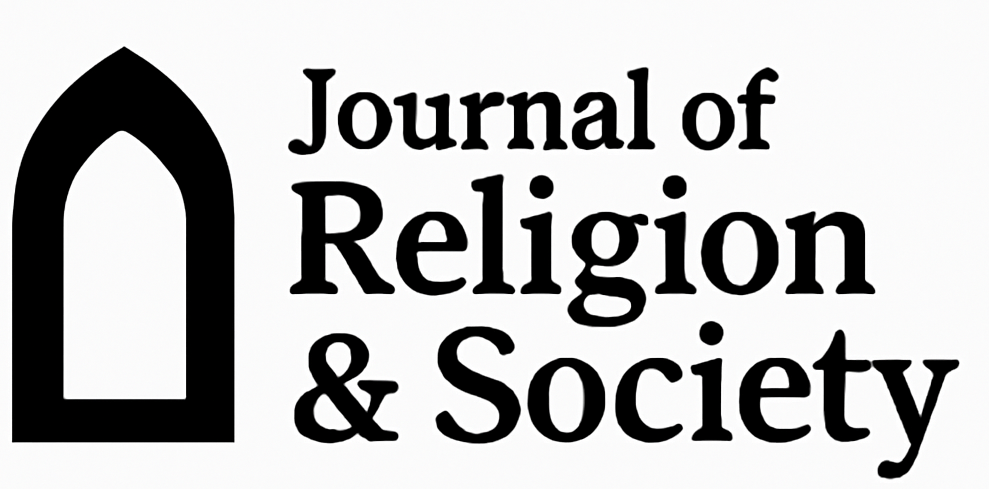Impact of Heads’ Leadership Styles on School Environment at Secondary Level in Southern Districts of Khyber Pakhtunkhwa
https://doi.org/10.5281/zenodo.17444142
Abstract
Leadership plays a crucial role in shaping the school environment, directly influencing teacher performance and student well-being. Understanding these dynamics can help develop more effective leadership strategies to create a positive and supportive educational setting. The study focused on leadership styles and school environment among female secondary school teachers in southern districts. A quantitative survey design was used. The population for the study included all female teachers serving in public secondary schools of the southern districts, consisting of 159 institutions with a total of 1512 teachers. The data was collected from 307 teachers through stratified sampling technique using a self-developed "Leadership Styles Questionnaire" (LSQ) and School Environment Questionnaire (SEQ). The research instruments were reviewed by experts and finalized the statements, after which a pilot study, involving 31 teachers, was conducted. The reliability test using Cronbach’s Alpha value yielded strong internal consistency values of 0.82 for the Leadership Styles Questionnaire and 0.78 for the School Environment Questionnaire, thereby establishing both instruments as valid and reliable for the main study. Descriptive statistics such as mean and standard deviation were used to analyze the to achieve the first and second objectives, and inferential statistics such as Pearson Coefficient correlation and regression were used to achieve the rest of the objectives. Findings revealed that school heads predominantly adopted a directive leadership style, emphasizing clear objectives, structured supervision, and strict rule enforcement. Regarding the physical environment there were adequate facilities for arts, music, and sports, but issues with classroom space, fencing, and restrooms were noted.
Key Words: Heads’ Leadership Styles, School Environment, Secondary Level, KP





